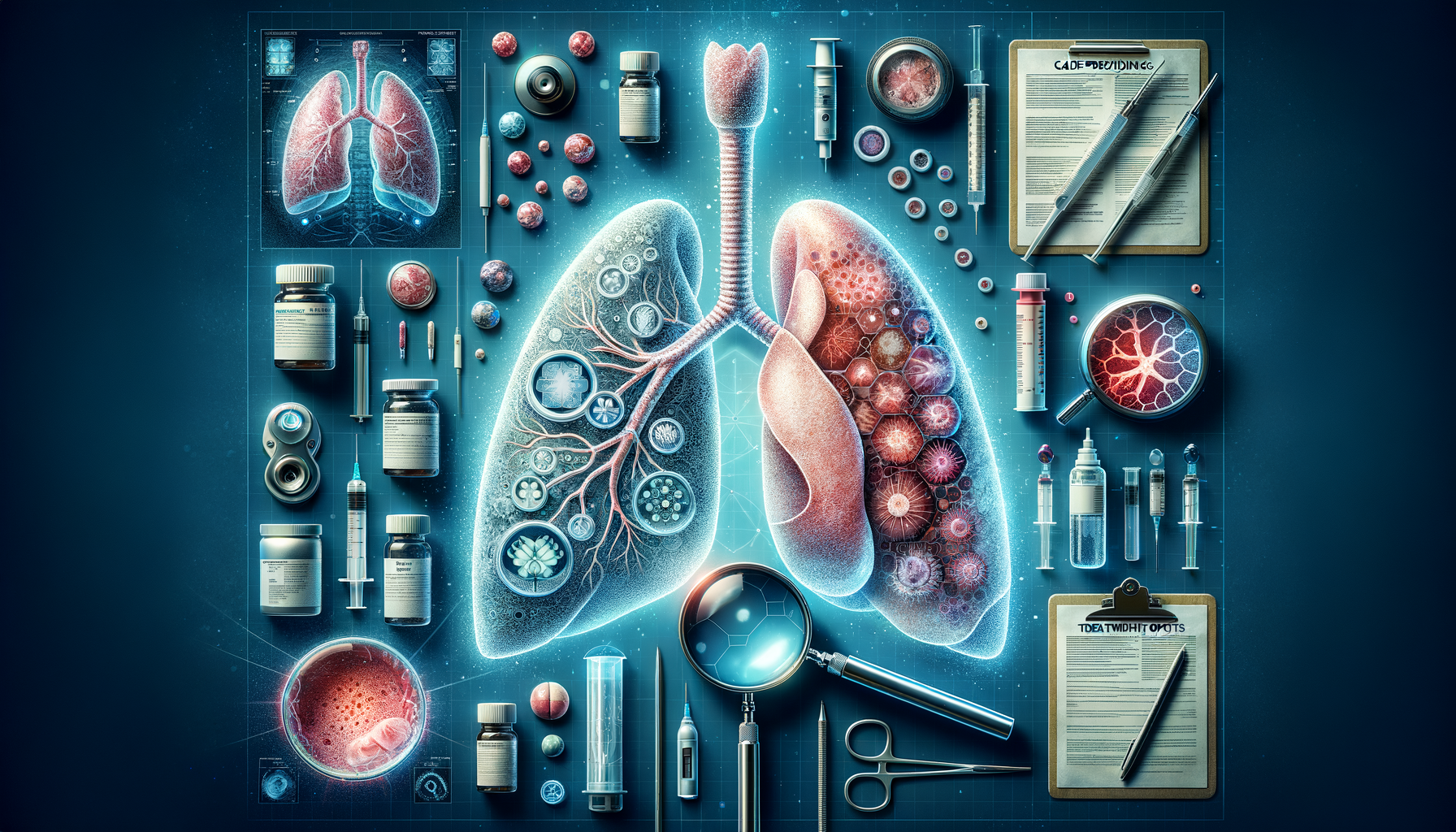Introduction to Lung Cancer Treatment
Lung cancer is one of the most common and serious types of cancer, affecting millions of people worldwide. The treatment landscape for lung cancer has evolved dramatically over the years, offering patients a range of options tailored to their specific condition and needs. Understanding these treatment options is crucial for patients and their families to make informed decisions about their healthcare journey. This article delves into the various treatment modalities available, highlighting their mechanisms, benefits, and considerations.
Surgery: A Traditional Approach with Modern Advances
Surgery is often considered when lung cancer is detected at an early stage and is localized. The primary goal of surgery is to remove the cancerous tissue, which may involve removing a portion of the lung (lobectomy), an entire lung (pneumonectomy), or smaller sections (wedge resection). Recent advancements have introduced minimally invasive techniques, such as video-assisted thoracoscopic surgery (VATS), which offer quicker recovery times and less postoperative pain.
While surgery can be highly effective, it’s important to consider factors such as the patient’s overall health, the stage of cancer, and the tumor’s location. Surgery may not be suitable for all patients, particularly those with advanced-stage cancer or significant comorbidities. Nevertheless, for those eligible, surgery can offer a significant chance of cure and long-term survival.
Radiation Therapy: Targeted Destruction of Cancer Cells
Radiation therapy uses high-energy rays to target and kill cancer cells. It is often employed in conjunction with other treatments or as a standalone option when surgery is not feasible. Advances in technology have led to more precise techniques, such as stereotactic body radiation therapy (SBRT), which focuses radiation on the tumor while sparing surrounding healthy tissue.
Radiation therapy can be beneficial for patients with localized tumors or those seeking palliative care to relieve symptoms. However, potential side effects, such as fatigue, skin changes, and lung inflammation, should be discussed with healthcare providers to weigh the benefits against the risks.
Chemotherapy: Systemic Treatment for Broader Impact
Chemotherapy involves the use of drugs to destroy cancer cells throughout the body. It is often used when cancer has spread beyond the lungs or in conjunction with surgery and radiation to reduce the risk of recurrence. Chemotherapy can be administered orally or intravenously, depending on the specific drugs used and the patient’s treatment plan.
While chemotherapy can be effective, it is known for its side effects, including nausea, hair loss, and increased risk of infection. Oncologists work closely with patients to manage these side effects and adjust treatment regimens as needed to optimize outcomes while maintaining quality of life.
Targeted Therapy and Immunotherapy: The Future of Lung Cancer Treatment
Targeted therapy and immunotherapy represent groundbreaking advancements in lung cancer treatment. Targeted therapy focuses on specific genetic mutations within cancer cells, using drugs that interfere with cancer cell growth and survival. These therapies are often more effective and have fewer side effects compared to traditional chemotherapy.
Immunotherapy, on the other hand, harnesses the body’s immune system to recognize and attack cancer cells. Drugs known as checkpoint inhibitors have shown promise in treating certain types of lung cancer, leading to long-lasting responses in some patients. Both targeted therapy and immunotherapy require testing for specific biomarkers to determine eligibility, making personalized medicine a key component of these treatment options.
Conclusion: Navigating Lung Cancer Treatment
The journey through lung cancer treatment can be complex and challenging, but understanding the available options empowers patients and their families to make informed decisions. Each treatment modality offers unique benefits and considerations, and often, a combination of therapies is employed to achieve the best possible outcome.
Consulting with a multidisciplinary team of healthcare professionals, including oncologists, surgeons, and radiologists, is essential to tailor a treatment plan that aligns with the patient’s specific needs and goals. As research continues to advance, the future of lung cancer treatment holds promise for even more effective and personalized approaches, offering hope to those affected by this challenging disease.




Leave a Reply